Military
The Only Military Serviceman to Ever Earn a Purple Heart Nine Times
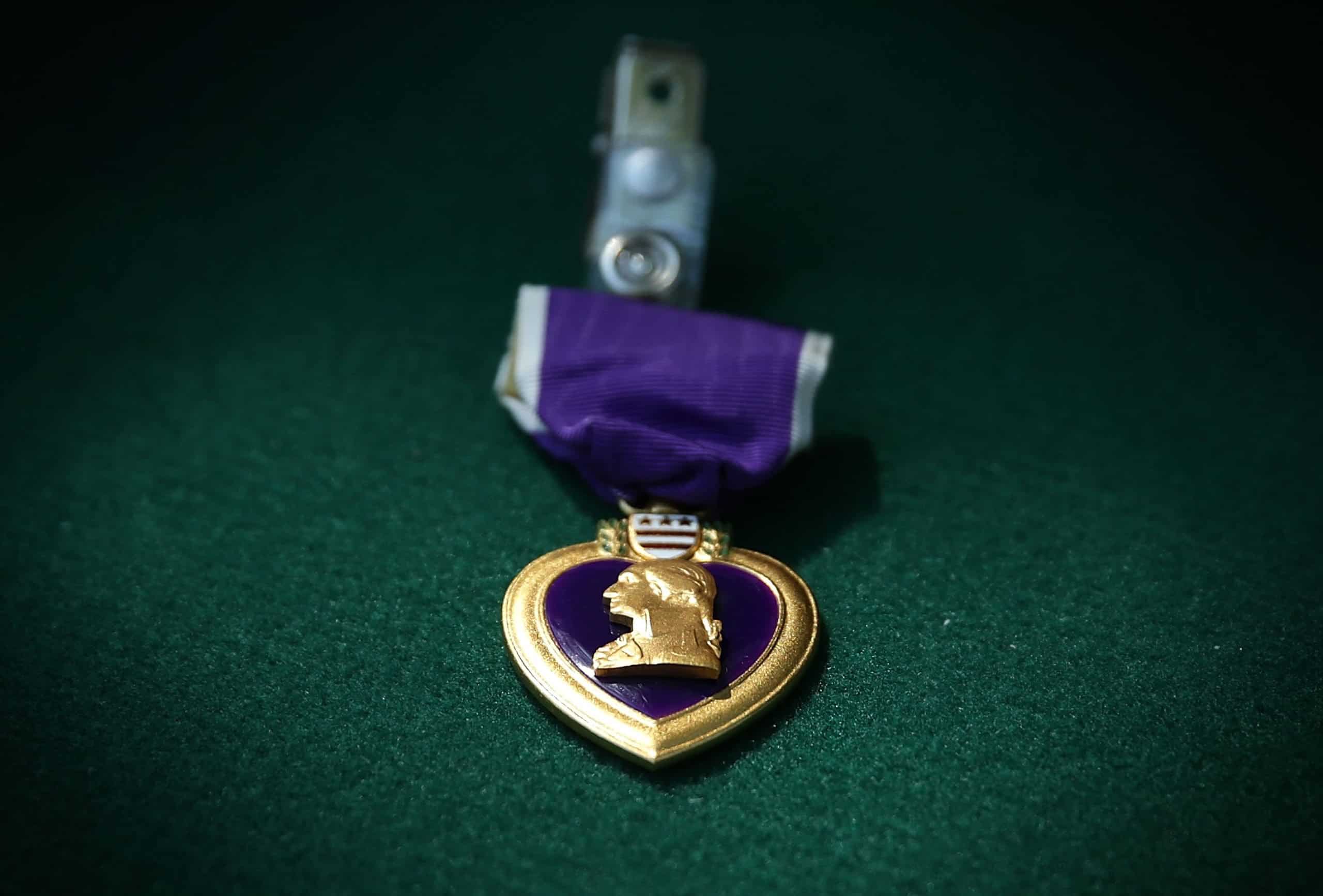
Published:

Albert Luke (Fighting Man) Ireland was born on February 25, 1918, in Putnam County, New York, and died on November 16, 1997. He was a soldier, reporter, championship boxer, firefighter, science teacher, judo instructor, wrestling coach, American Legion member, and Military Order of the Purple Heart organizer.

Wanting to fight in WWII, Ireland joined the Royal Canadian Air Force before the U.S. entered the war. His goal was to become a fighter pilot, but sinus problems disqualified him. After the Attack on Pearl Harbor, Ireland joined the U.S. Marine Corps. He was a machine gunner for 27 months during World War II.

During World War II, Ireland was awarded five Purple Hearts for wounds in combat. In the Guadalcanal Campaign in 1943, two pieces of shrapnel lodged into his back and left lung. He was wounded four times in the Battle of Okinawa on Sugar Loaf Hill. He sustained shrapnel in his leg, right arm, face, and teeth.
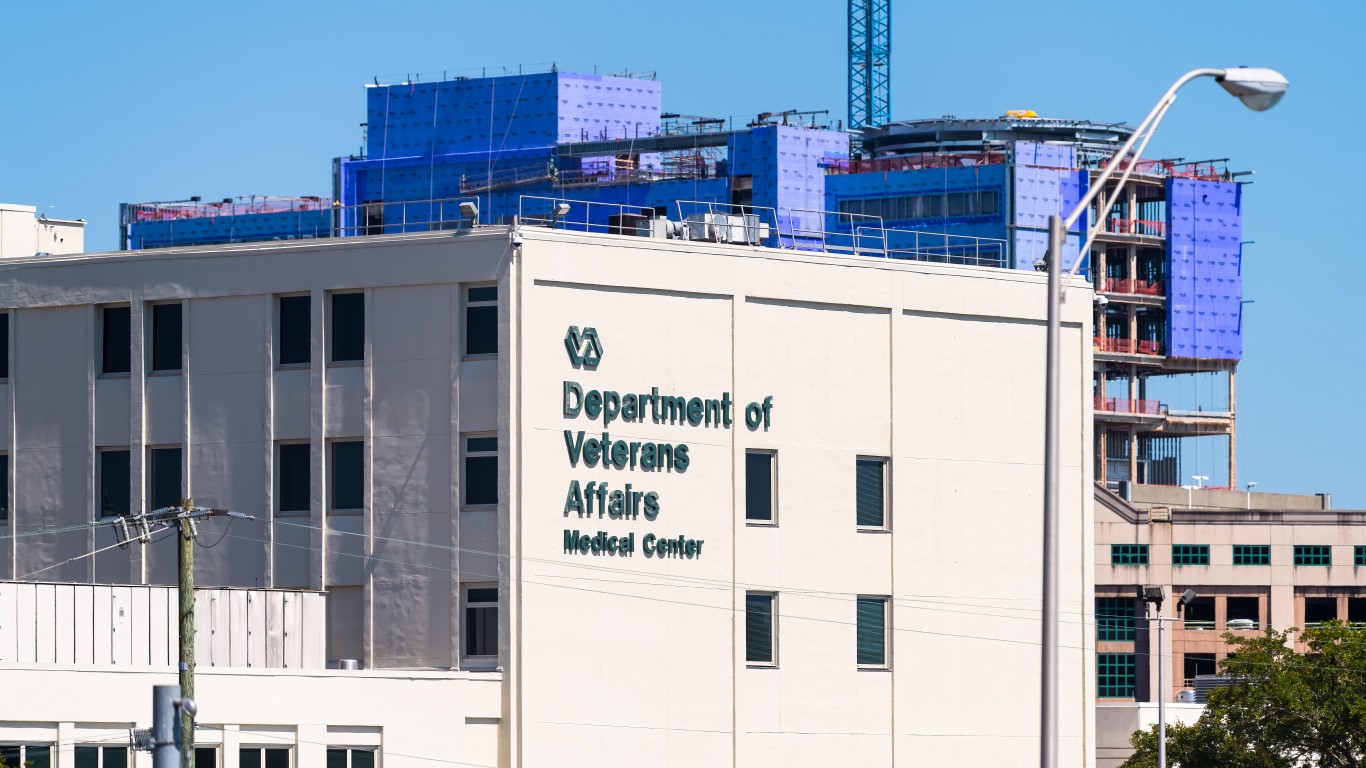
With the shrapnel unable to be retrieved out of his lungs, Ireland returned to the United States with full disability and spent an entire year in the Veterans Administration hospital.

Ireland refused doctors’ recommendations to remove half of his lung. Instead of surgery, he decided to spend time in Arizona, where against all odds, his lung improved, despite the shrapnel staying in his lung.

Planning to become a coach, Ireland attended Ithaca College, the University of Arizona, and the University of Notre Dame. In 1950, he enlisted again in the Marines to fight in the Korean War. At the time, the Marine Corps had a regulation that any Marine who suffered two or more wounds was not permitted to fight.
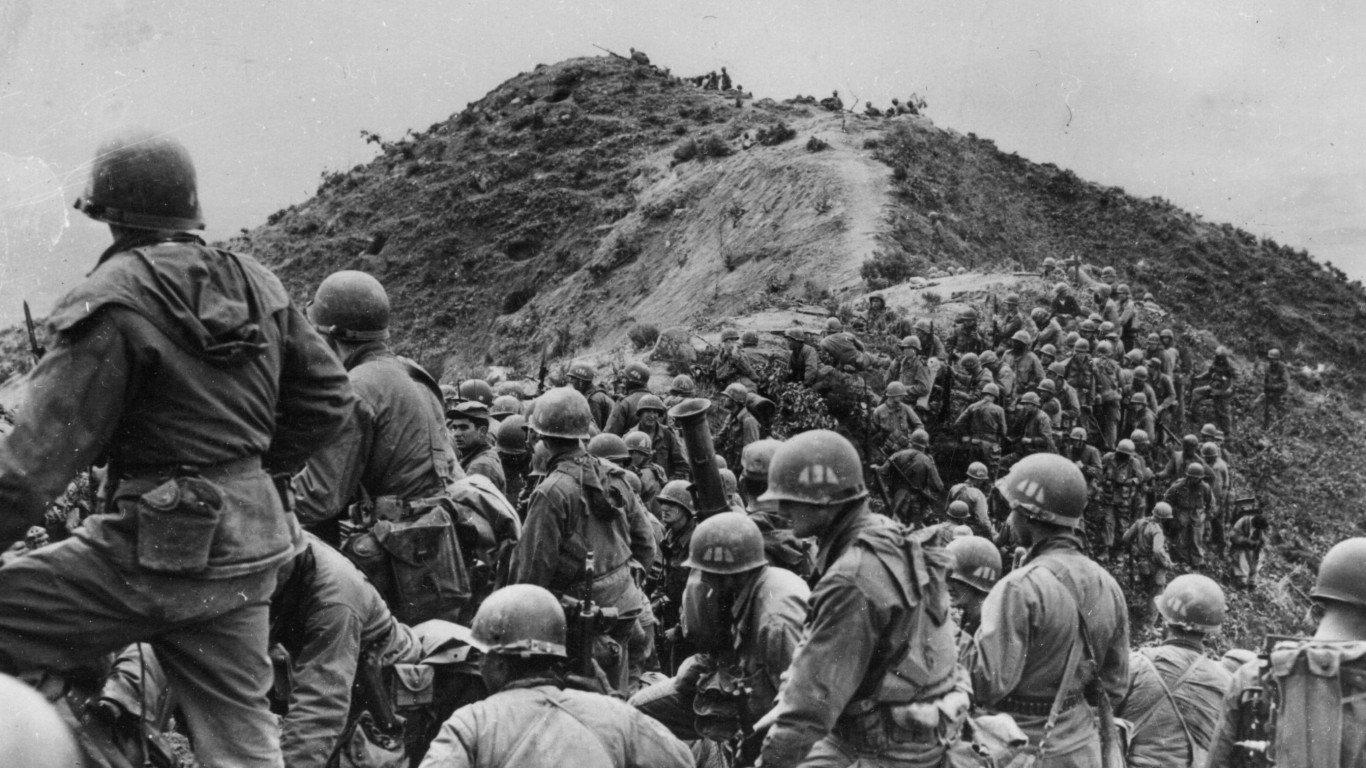
Ireland appealed to General Clifton B. Cates, the Commandant of the Marine Corps, and after two days was permitted to fight. The General said, “If the sergeant wants to fight, let him fight.”
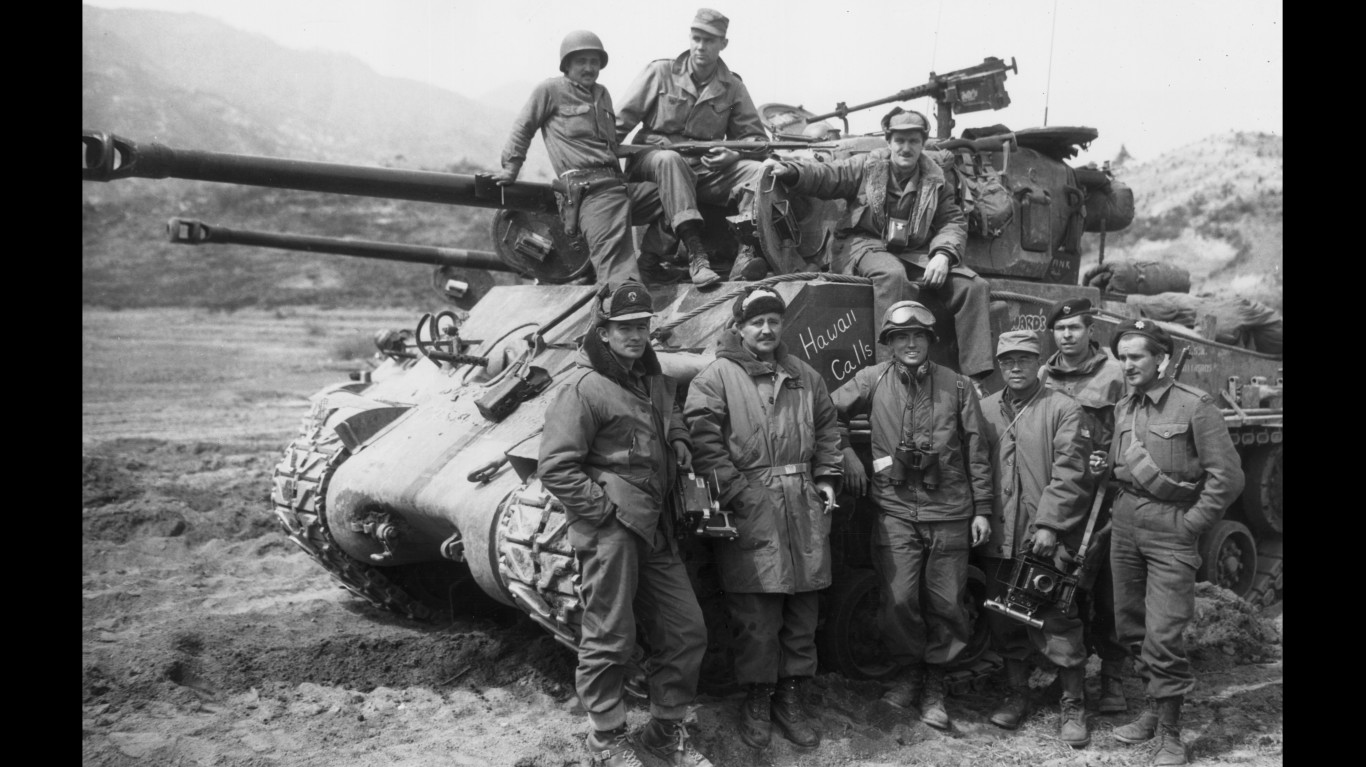
Ireland first led an infantry rocket unit in San Francisco as a squad leader. Once in Korea, his patrol was ambushed by North Korean soldiers. During the attack, he ordered his men back, and then crawled towards the troop, throwing grenades and rifle blazing. The enemy troops withdrew. He won a bronze star for this encounter.
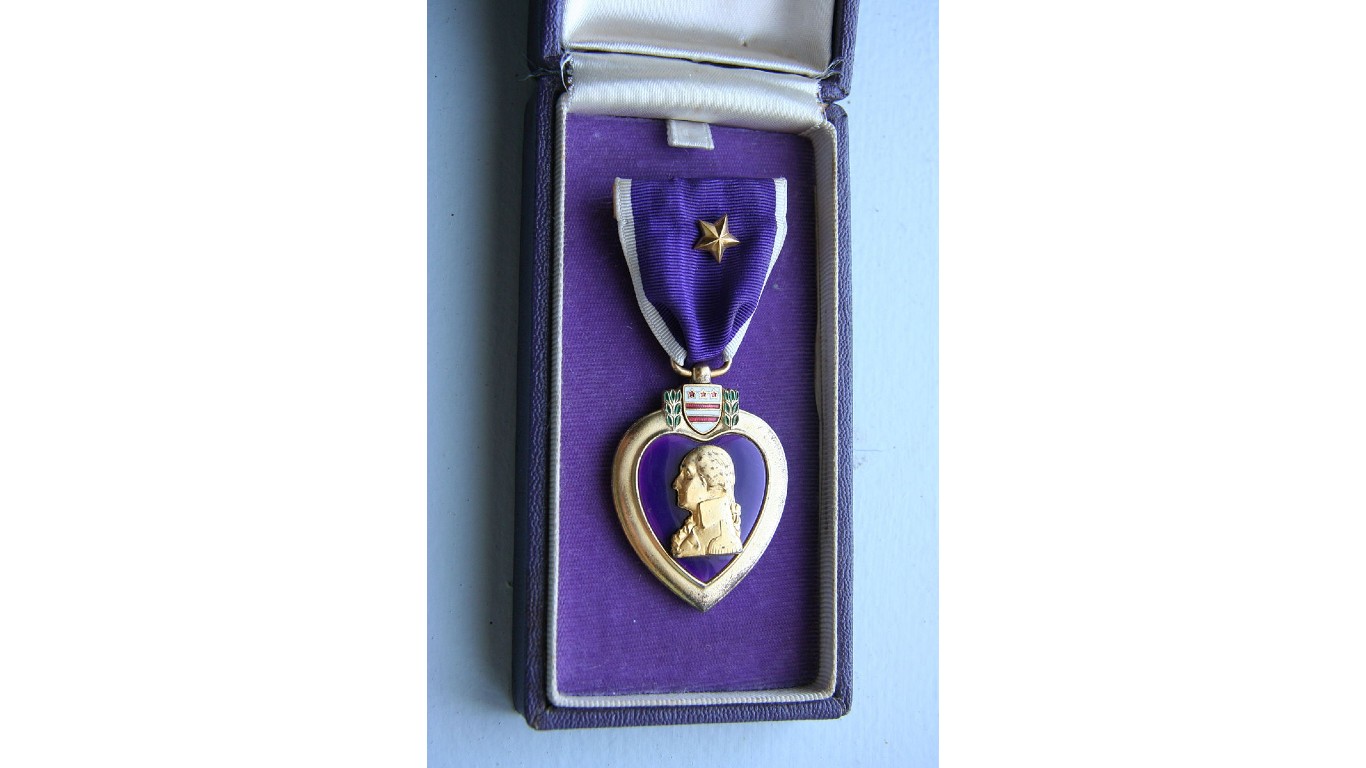
By the end of 1951, Ireland suffered from frostbite and three more injuries: shrapnel to his face, neck, and eye. He was medically discharged against his will and earned four more Purple Hearts for his service.
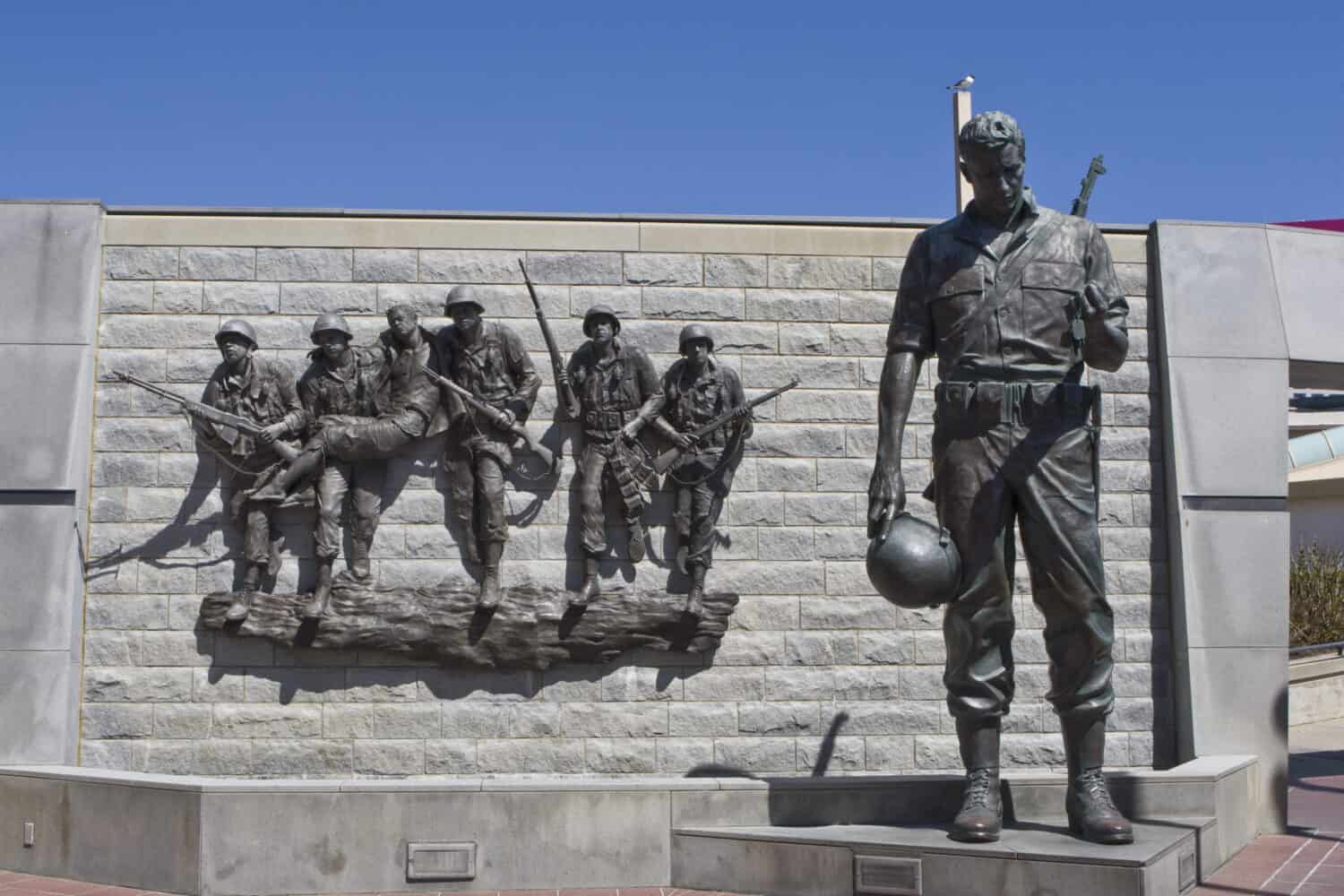
After recovering, Ireland went back to Korea until 1953. He was further wounded in his face, neck, hand, and leg before honorably discharged. Throughout his entire 12-year service, he required five blood transfusions to recover from injuries.
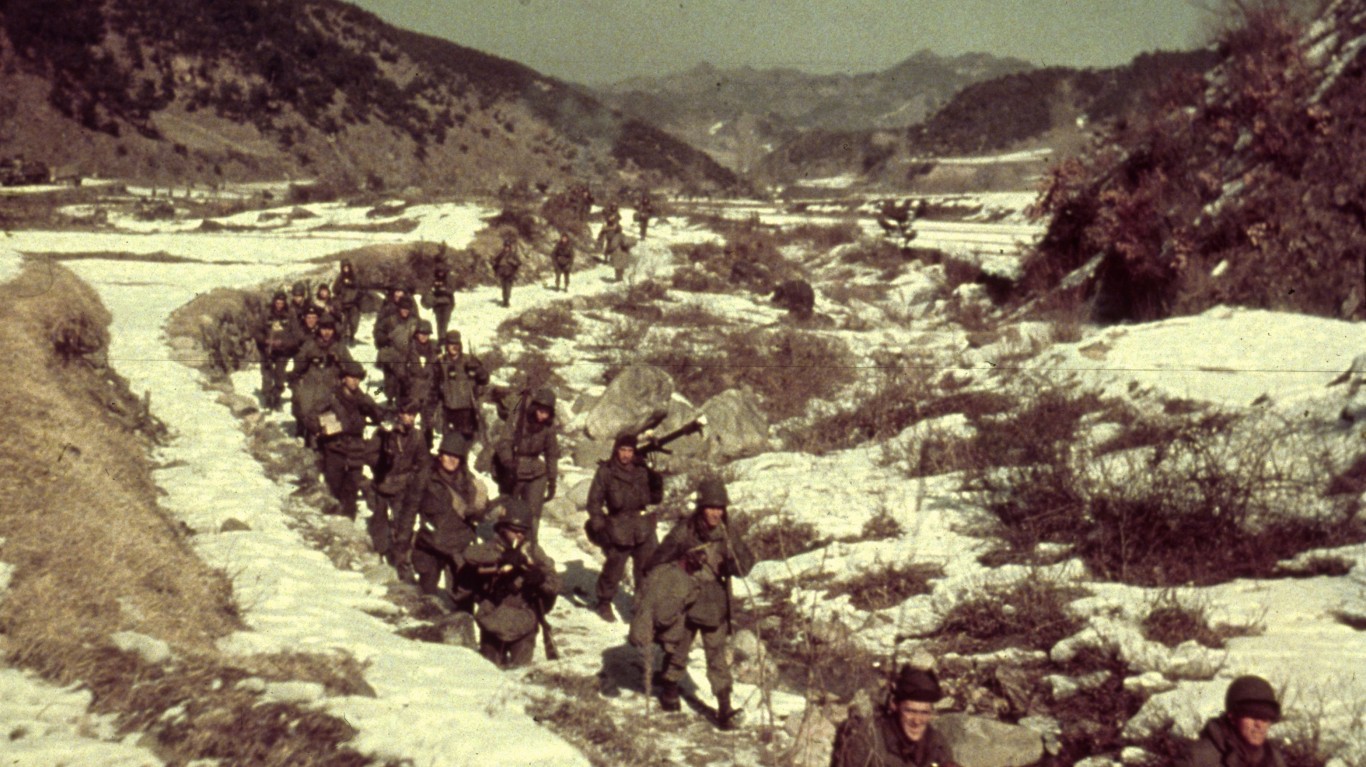
Ireland was further decorated with eight battle stars, two more Bronze Star Medals, and a Combat “V.” In 1953 after the Korean Armistice was signed, he said in a Time Magazine article, “If it’s real, I feel great and so will the guys up at the front. I hope there’s no mickey in it, though.”
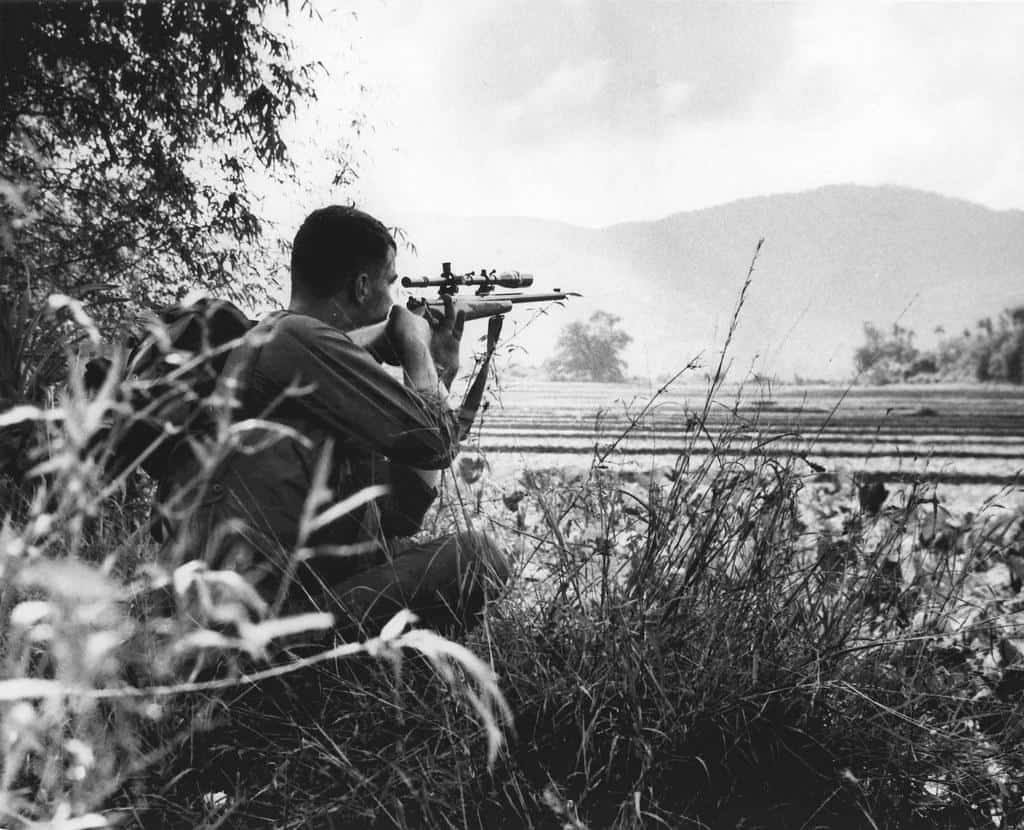
Ireland volunteered for the Vietnam War when he was 47, but the Marine Corps refused to allow him to rejoin.
Retirement planning doesn’t have to feel overwhelming. The key is finding expert guidance—and SmartAsset’s simple quiz makes it easier than ever for you to connect with a vetted financial advisor.
Here’s how it works:
Why wait? Start building the retirement you’ve always dreamed of. Click here to get started today!
Thank you for reading! Have some feedback for us?
Contact the 24/7 Wall St. editorial team.